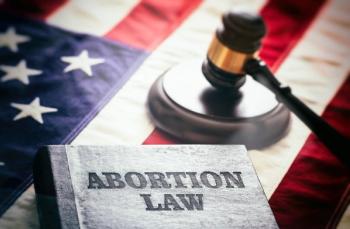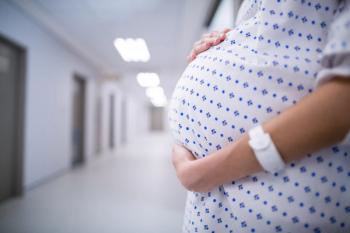
Legal: Ureter injury in laparoscopy
A 48-year-old woman who had an abdominal hysterectomy a year earlier, had continued vaginal bleeding and abdominal pain.
A 48-YEAR-OLD ILLINOIS WOMAN who had had an abdominal hysterectomy performed a year earlier went to her gynecologist for continued vaginal bleeding and abdominal pain. An ultrasound showed a large fluid-filled mass. A screening test for ovarian cancer was negative and she was scheduled for an exploratory laparoscopy to remove her ovaries and fallopian tubes in 2004. Two days after the operation, the patient went to an emergency room with complaints of abdominal pain and an inability to move her bowels. She was admitted to the hospital and a ureter injury was discovered. She was hospitalized for a month and underwent a ureteral stent placement, laparoscopy with abdominal drain placement, and nephrostomy tube placement. The nephrostomy tube was removed a month later, when the ureter had healed, but the woman claimed she was not able to resume her normal activities for 8 months due to chronic left flank pain at the location of the nephrostomy tube.
The woman sued the gynecologist and claimed she failed to identify the ureters during the laparoscopy and since she could not see it, she should have moved to an open procedure.
The physician argued that the ureter injury was a well-known risk of the surgery and that the left ureter was positively identified. She also claimed that the patient had resumed her regular activity soon after her discharge from the hospital. A defense verdict was returned.
Newsletter
Get the latest clinical updates, case studies, and expert commentary in obstetric and gynecologic care. Sign up now to stay informed.









